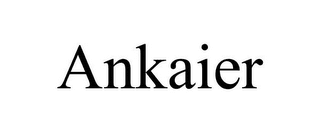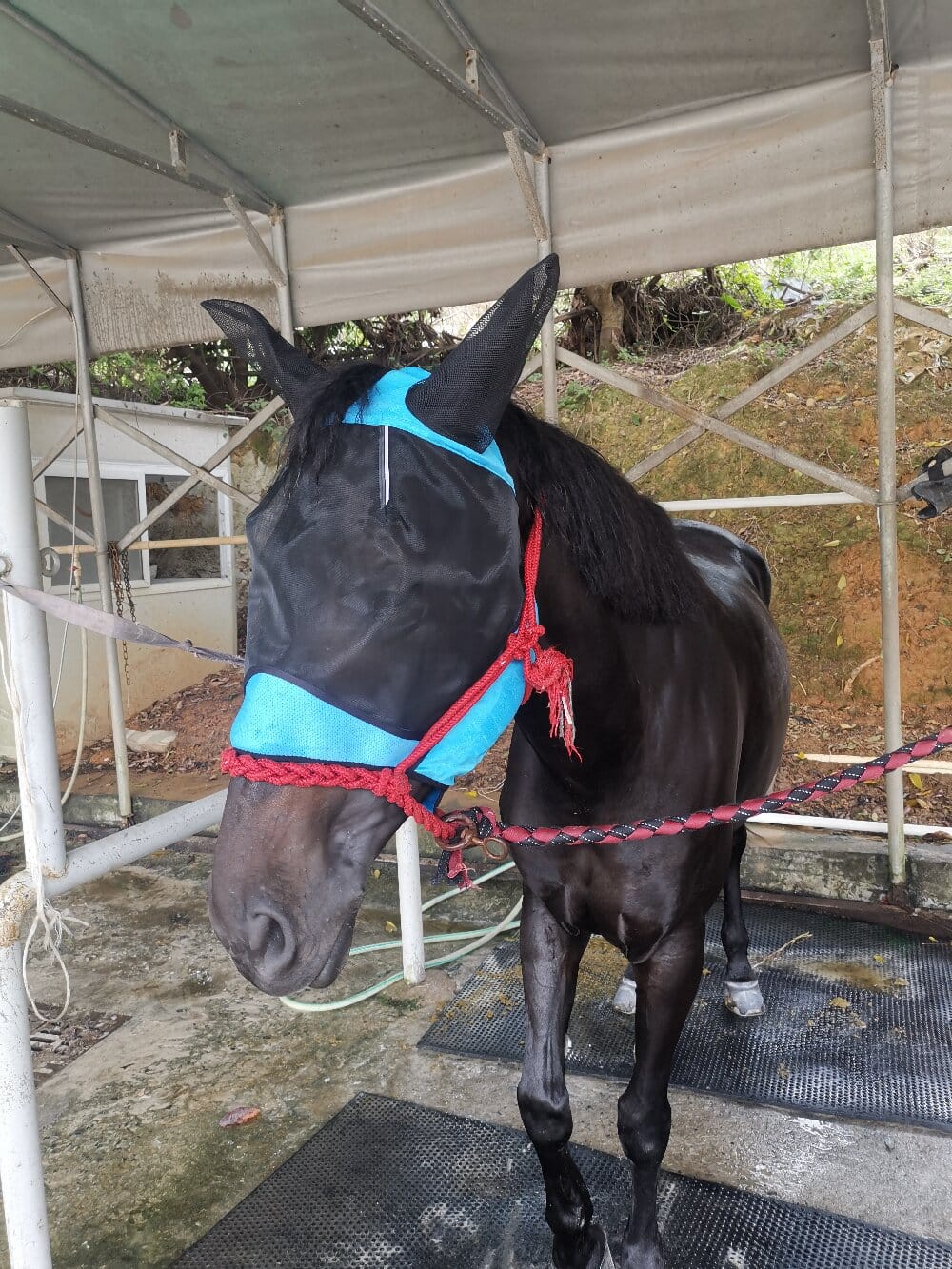A horse fly mask is an essential piece of equine gear designed to solve a persistent problem faced by horses during warmer months: the constant annoyance and potential harm caused by flying insects. Flies, gnats, and other pests are more than just a nuisance; they can lead to significant health issues, including eye infections like conjunctivitis, painful bites, and general stress that disrupts grazing and rest. For horses with conditions like uveitis or those with sensitivity to sunlight, the threat is even greater. A simple flick of the tail or shake of the head is often insufficient to deter these pests, making a dedicated protective solution not just a luxury, but a critical component of responsible horse management. By creating a physical barrier, these masks provide comfort and safeguard the horse’s most vulnerable facial features.
Key Features of an Effective Fly Mask
Not all fly protection is created equal. An effective fly mask for horses is engineered with specific features to ensure both comfort and functionality. The primary component is the mesh screen, which is fine enough to block tiny gnats and flies yet allows for excellent airflow and clear vision. Many modern masks also incorporate UV protective coatings to shield sensitive eyes from the sun’s harmful rays, a feature particularly beneficial for horses with pink skin or those prone to squinting. Durability is another crucial factor, as a horse will be wearing the mask for extended periods and may rub it against fences or trees. Look for strong yet soft materials, double-stitched seams, and a design that contours to the horse’s face without causing rubs or pressure points. Finally, a secure but gentle closure system, often featuring adjustable Velcro tabs, is vital to ensure the mask stays in place during rolling and vigorous movement without being a hazard.
Selecting the Right Fly Mask for Your Horse
Choosing the perfect equine fly mask requires considering the individual horse’s needs and environment. The first step is to ensure a proper fit; a mask that is too tight can cause discomfort and hair loss, while one that is too loose may slip, obscure vision, or even become entangled. Taking precise measurements of the horse’s head, from the cheekbone across the face to the other cheekbone and from the forehead to the top of the muzzle, is the best starting point. Beyond size, consider the specific design variations available. Standard ear covers protect the sensitive inner ears from insects, while models with attached ear covers offer a seamless fit. For horses that are turned out with others, a quick-release safety feature is non-negotiable, as it allows the mask to tear away easily if it gets caught, preventing serious injury. For performance horses or those in extremely buggy areas, a full-face fly mask that extends further down the jawline may be the most effective solution.
Proper Use and Maintenance for Optimal Protection
Simply placing a fly mask on a horse is not enough; proper use and diligent maintenance are key to its success and the animal’s well-being. It is generally recommended to remove the mask daily to check for any signs of irritation, ensure it hasn’t shifted, and clean the horse’s face. This daily routine also prevents a buildup of dirt and moisture against the skin, which could lead to infections. Cleaning the mask itself is straightforward but essential. Most can be hand-washed with a mild detergent and hung to dry, though some are machine washable. Regular inspection for tears or worn-out areas is critical, as a damaged mask can fail to protect and may pose a safety risk. Furthermore, horse owners should consider the timing of mask application, typically putting it on when turning the horse out for the day and removing it when bringing them into the stable, ensuring continuous protection when it is most needed.
Addressing Common Concerns and Misconceptions
Some horse owners hesitate to use a fly mask, often due to concerns about the horse’s vision or comfort. However, when fitted correctly, a high-quality mask does not impair a horse’s sight. The mesh is designed to offer an unobstructed view, and horses adapt to wearing them very quickly. Another common worry is that the mask will trap heat, but the breathable materials are specifically chosen to promote air circulation, keeping the horse cooler than it would be while constantly swarmed by flies. The key is to select a mask made from lightweight, technical fabrics. For horses that are initially resistant to wearing a fly mask, a gradual introduction—allowing them to sniff the mask and wearing it for short periods in a safe, enclosed space—can help them acclimate without stress.
A Summary of Equine Comfort and Health
In conclusion, the decision to use a fly mask is a proactive step toward ensuring a horse’s comfort, health, and overall quality of life. This simple piece of equine apparel effectively solves the pervasive problem of insect irritation, preventing a range of issues from minor annoyances to serious medical conditions. By understanding the key features, selecting the right fit and style for the individual animal, and committing to a routine of proper care and inspection, owners can provide their horses with reliable protection. Ultimately, a fly mask is a small investment that yields significant returns in the form of a happier, healthier, and more content horse, free to enjoy its time in the pasture without the relentless bother of flies.

